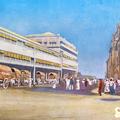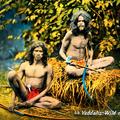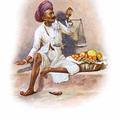A Type of Marwaree Beauty
Marwaris are from the Marwar region of Rajasthan in India. They speak Marwari. The word Marwar is said to be derived from the Sanskrit word Maruwat, or 'desert'. This striking image was a popular postcard.
Sent from Lucknow, Jan. 26, 1913 to Mr.

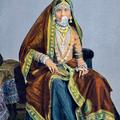
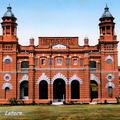
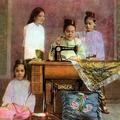
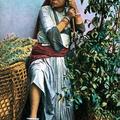
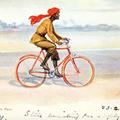
![[Karla Station] [Karla Station]](https://www.paperjewels.org/sites/default/files/styles/square_thumbnail/public/slides/karla-station_0.jpg?itok=ktTgi9Gt)

